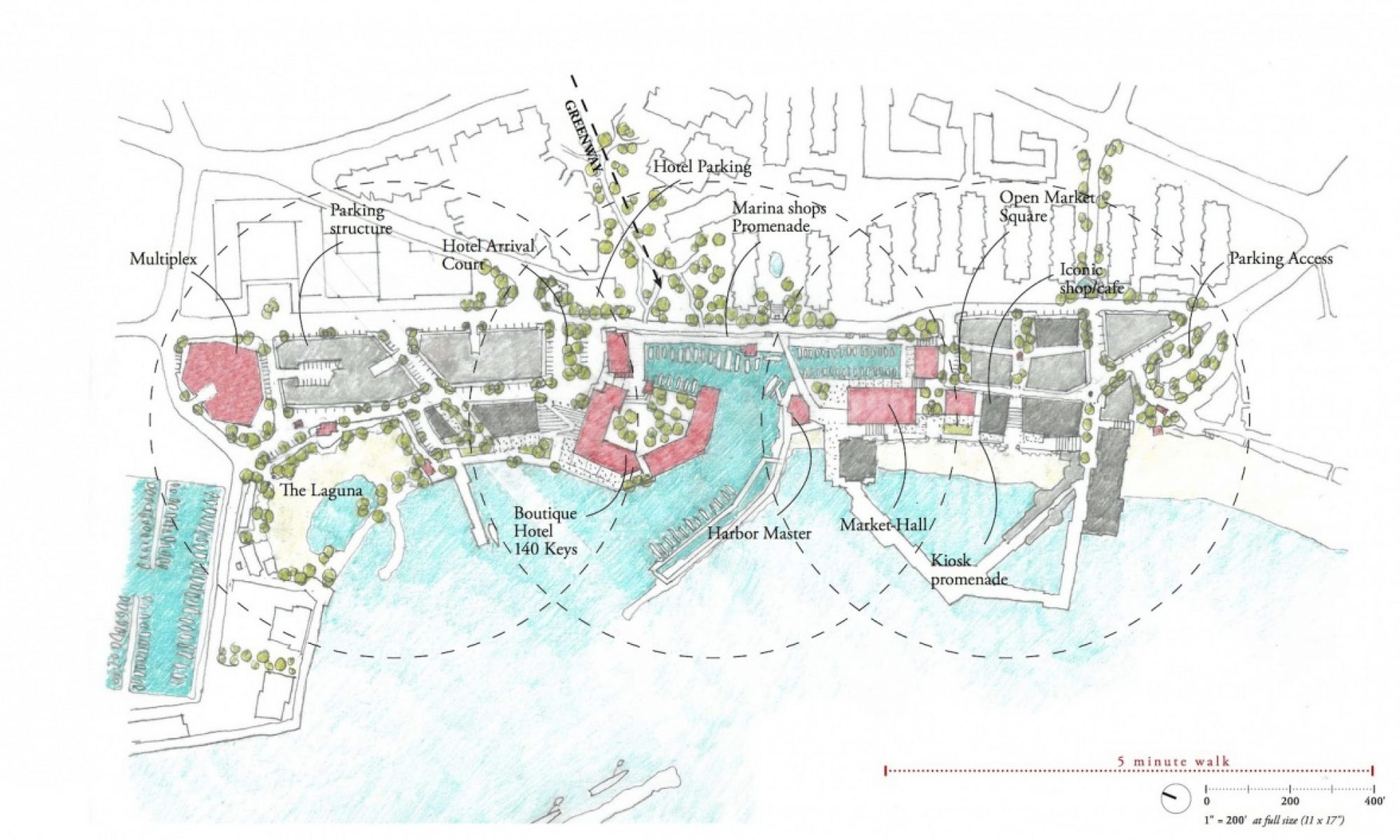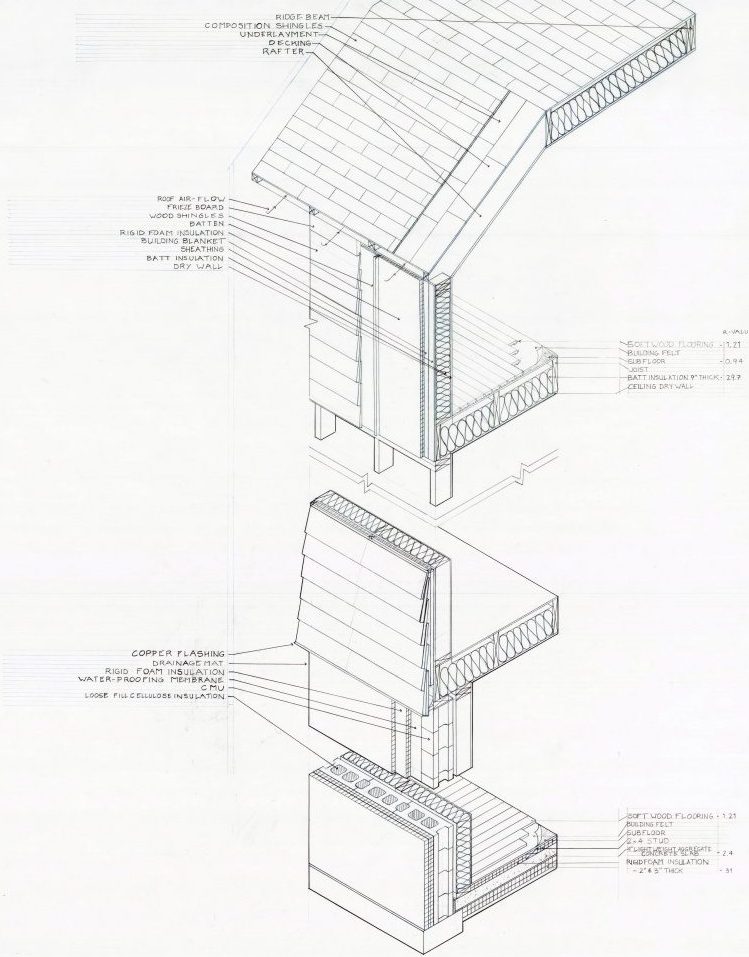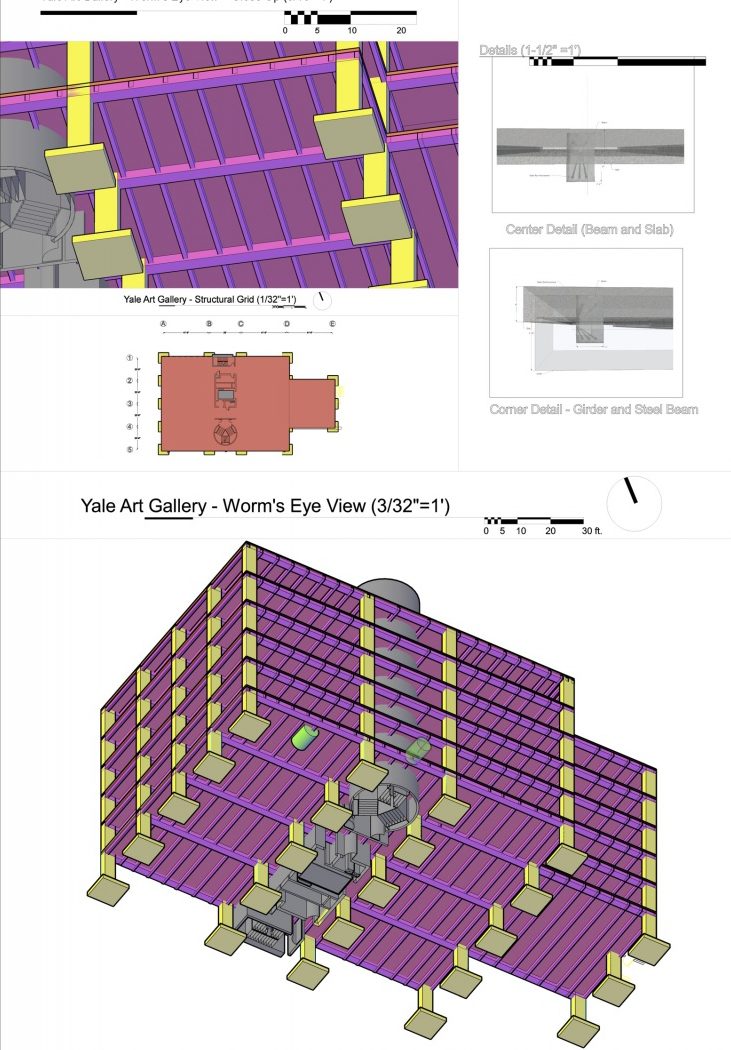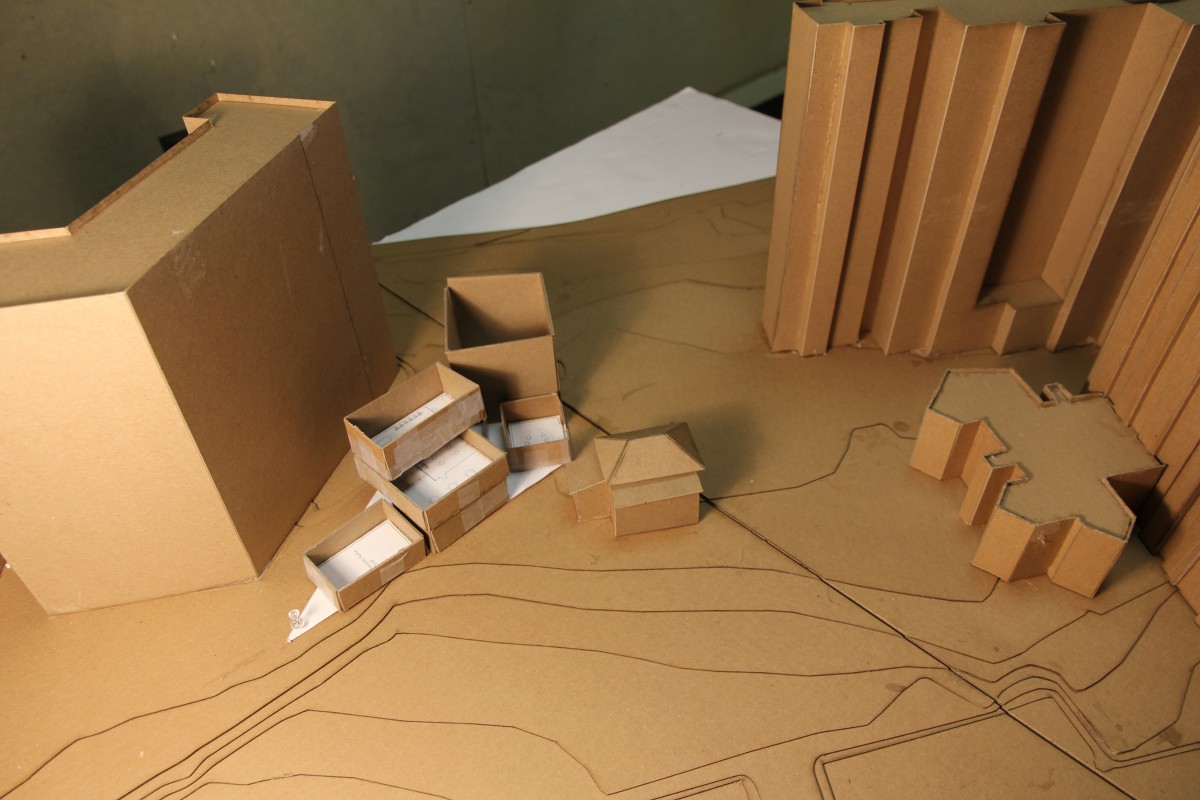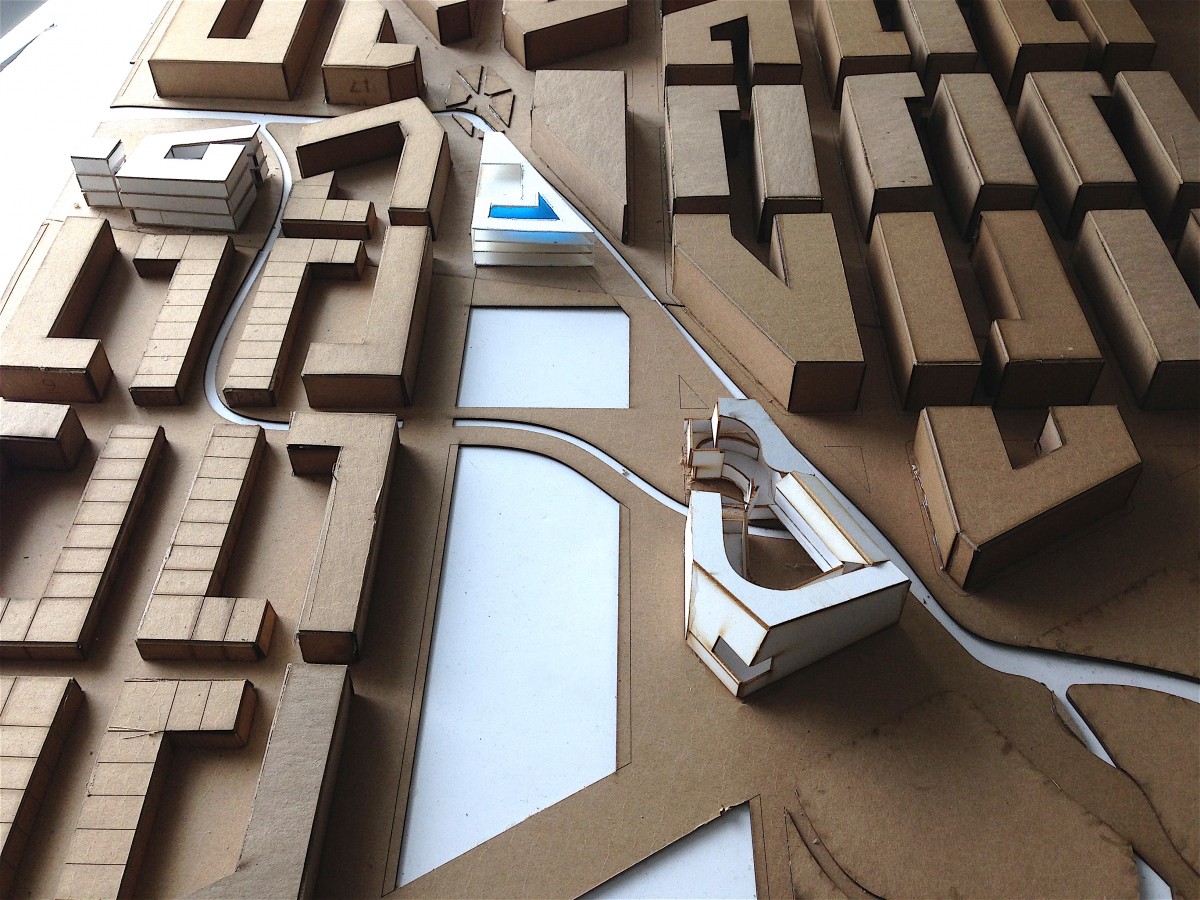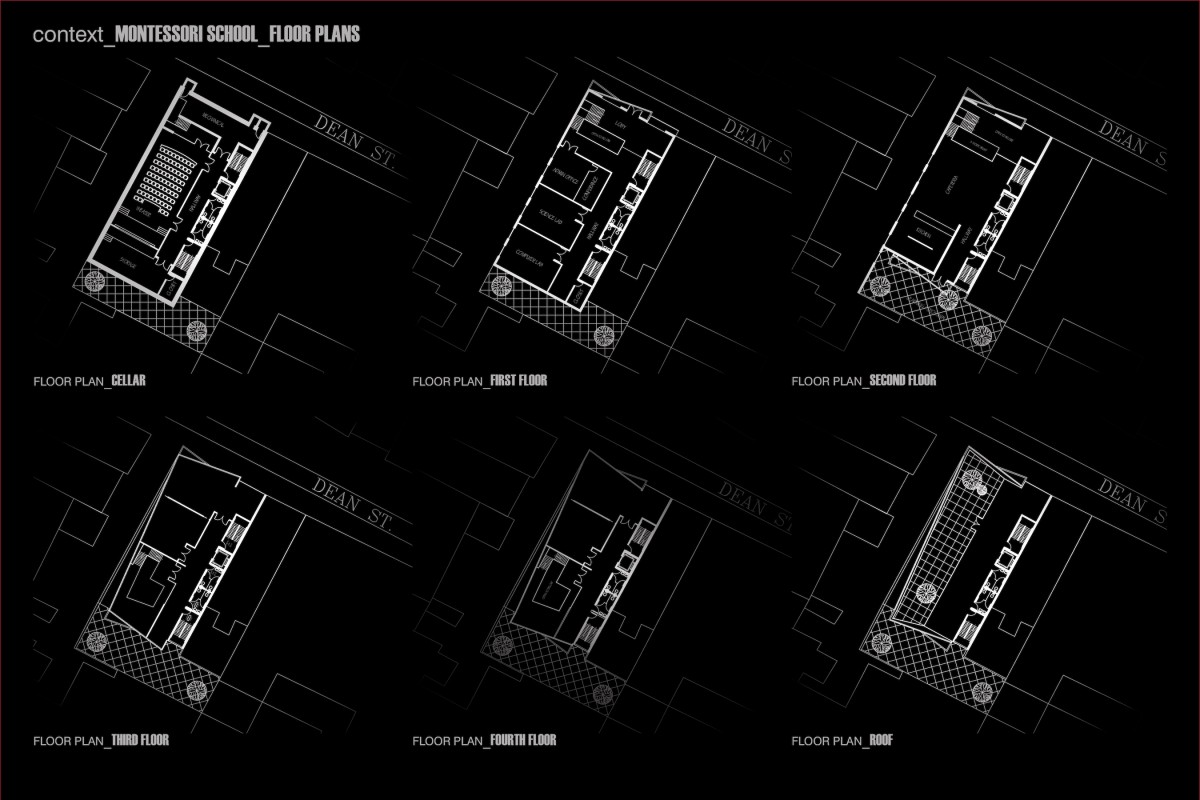 My teaching and curriculum development is centered on bringing students to the higher levels of Bloom’s Taxonomy of Learning. I seek to help them practice inquiry and analytical skills in particular, leading in some cases to synthesis at the level of structural and envelope systems and assemblies. While remembering and understanding serve as foundations, these higher level skills open the students to deeper meaningful learning and help them move beyond habits that center on short-term memorization or rote reproduction. Each semester I study the student deliverables to gain insight into how I can refine the syllabus to work towards these goals.
My teaching and curriculum development is centered on bringing students to the higher levels of Bloom’s Taxonomy of Learning. I seek to help them practice inquiry and analytical skills in particular, leading in some cases to synthesis at the level of structural and envelope systems and assemblies. While remembering and understanding serve as foundations, these higher level skills open the students to deeper meaningful learning and help them move beyond habits that center on short-term memorization or rote reproduction. Each semester I study the student deliverables to gain insight into how I can refine the syllabus to work towards these goals.
Notes from Student:
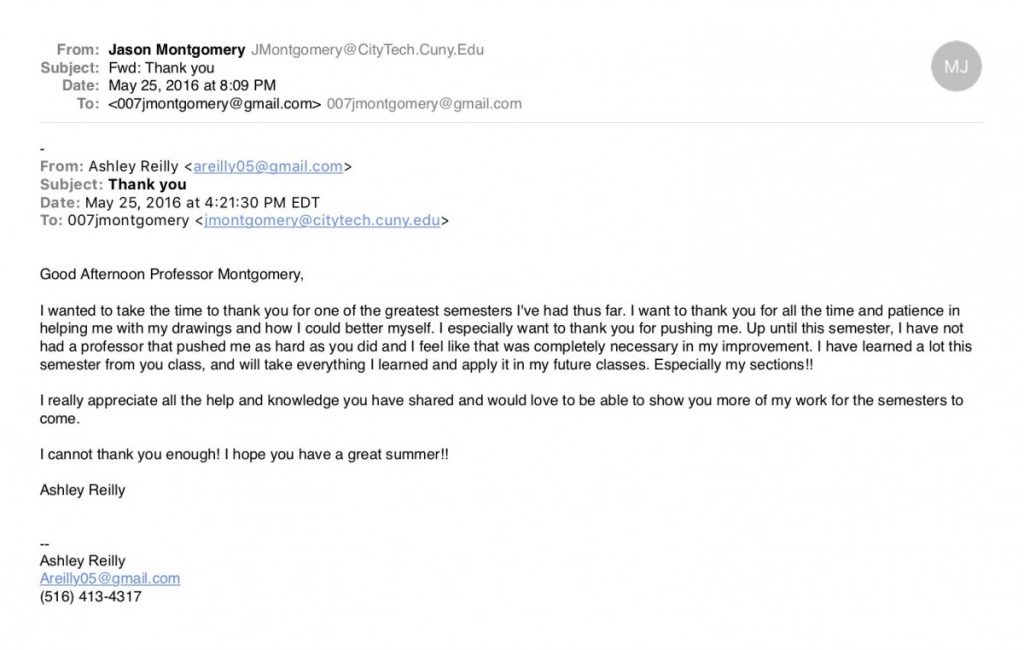
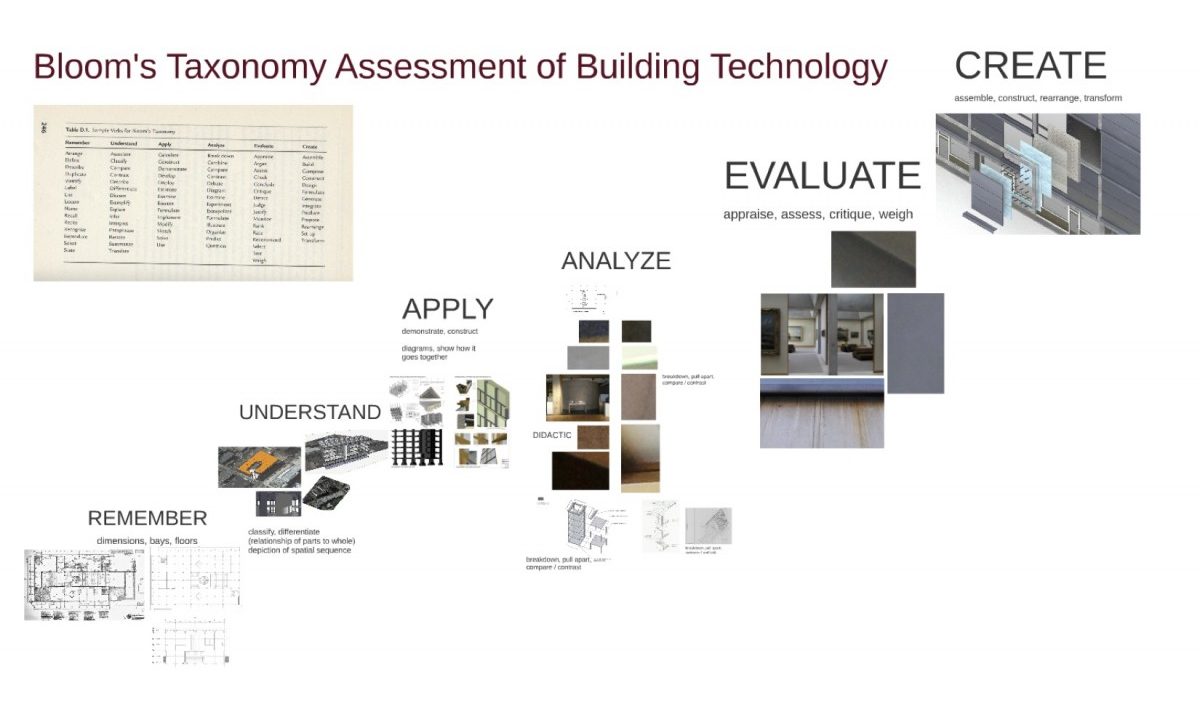

I used two semesters of experimental sections of drawing and materials courses taught as learning communities to test strategies for deeper learning in these courses as well as test the impact of condensing these courses into integrated courses that combine that drawing and material content.

Review of student assignments and student work in my drawing and materials and methods course in my early years at the college revealed a tendancy for rote reproduction that provided only a shallow level of learning. The student work failed to demonstrate deeper understanding when they were focused on reproducing the two-dimensional case-study drawings. 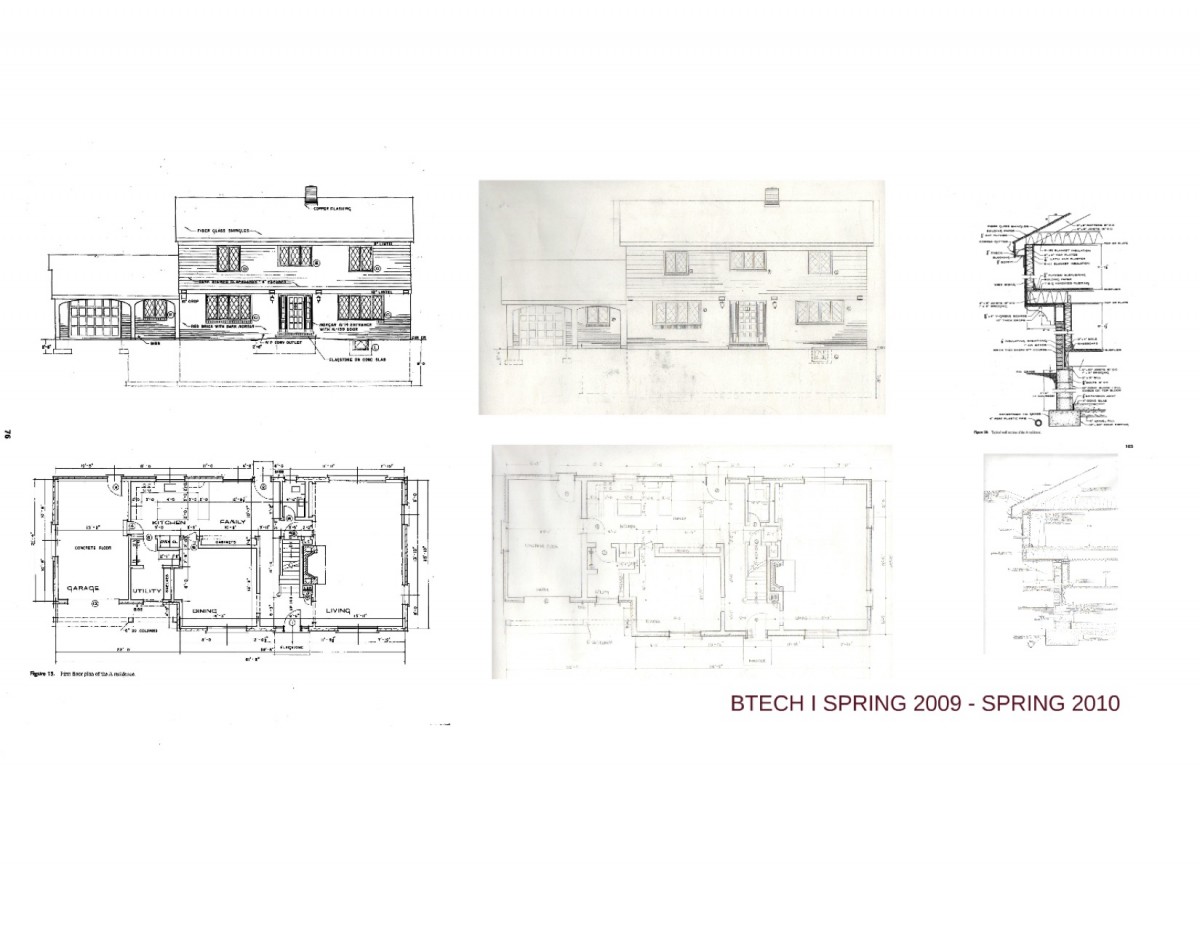
I applied my previous teaching experience at other institutions to shift the assignments to require translation of two-dimensional information into three-dimensional analytical studies of critical components of the case-study buildings I used for the assignments. This shift emphasized the volumetric nature of the materials and elements and how they worked together as a system. 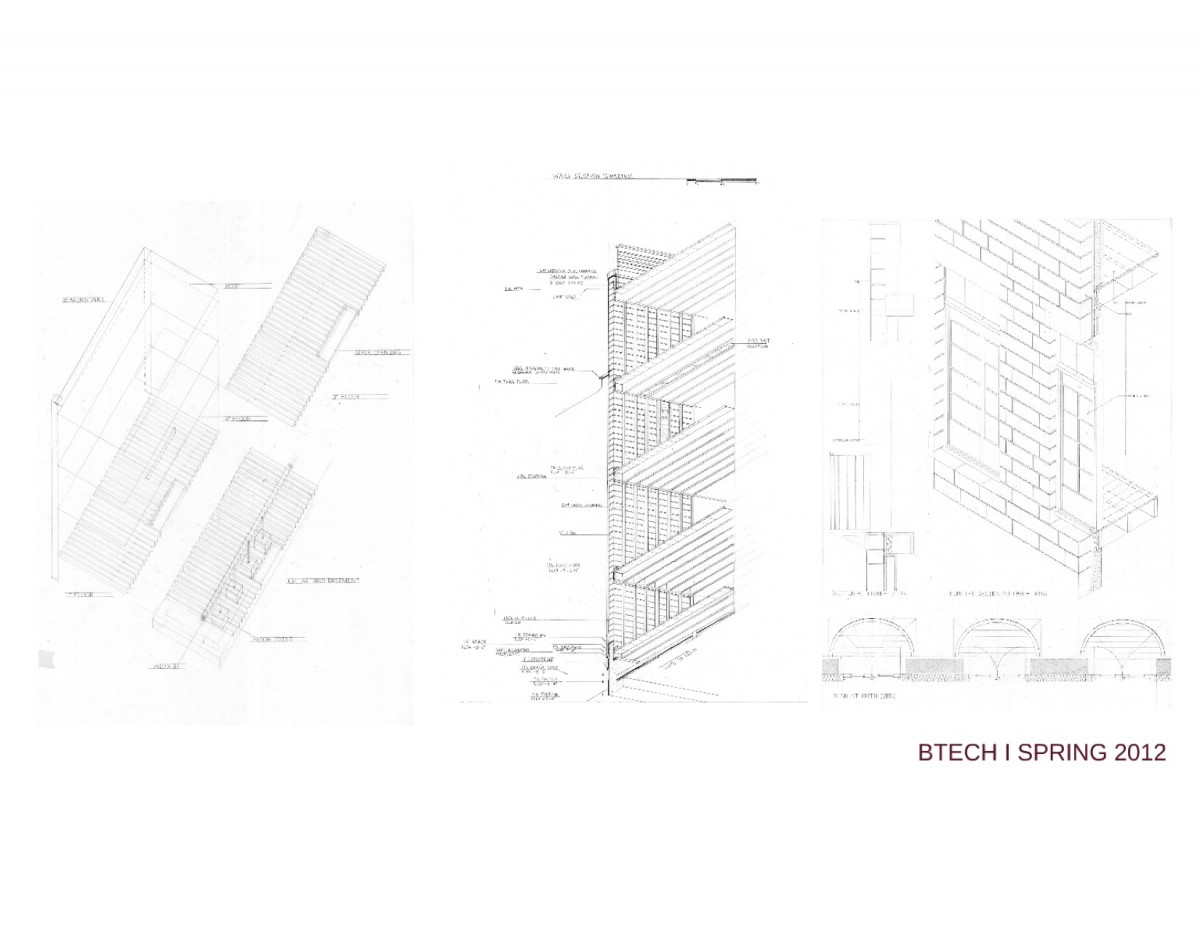
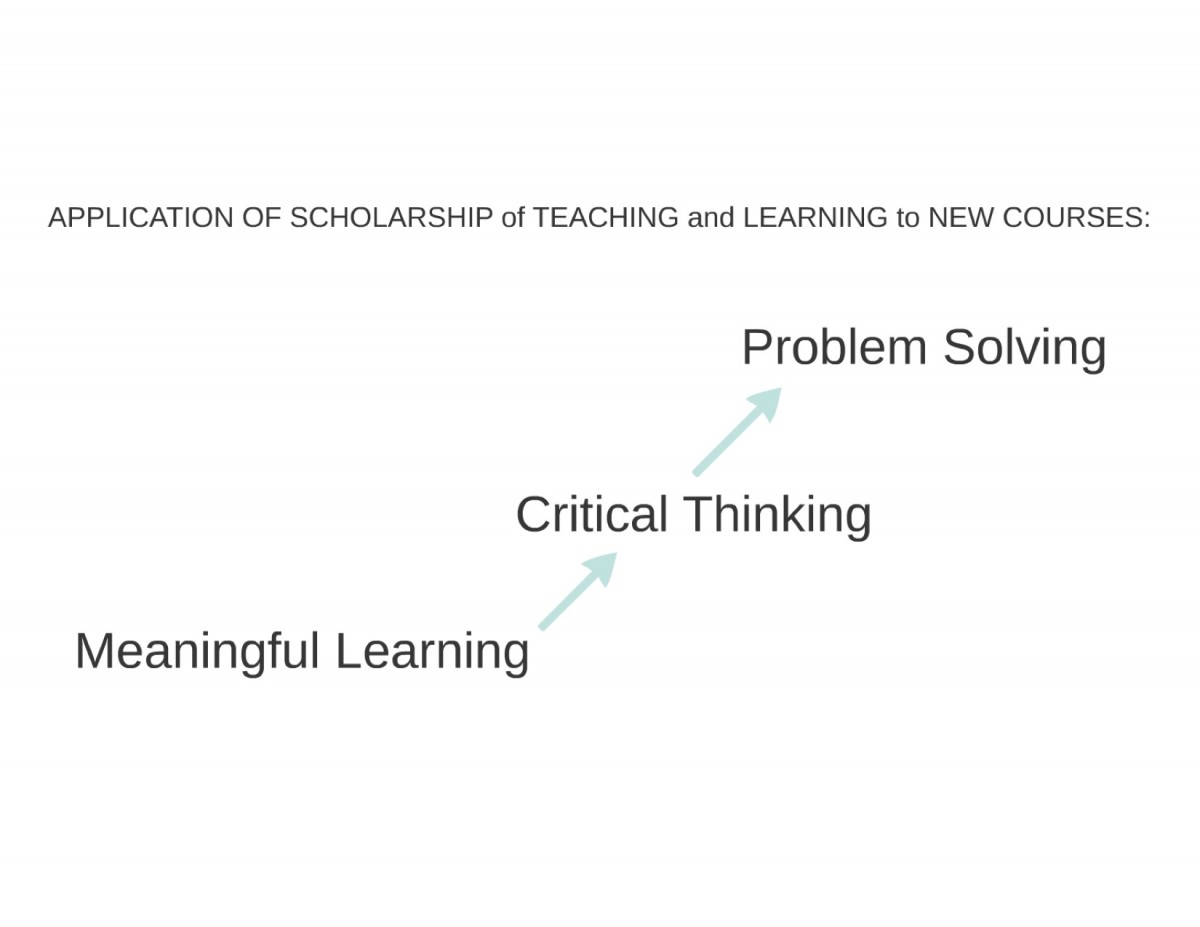
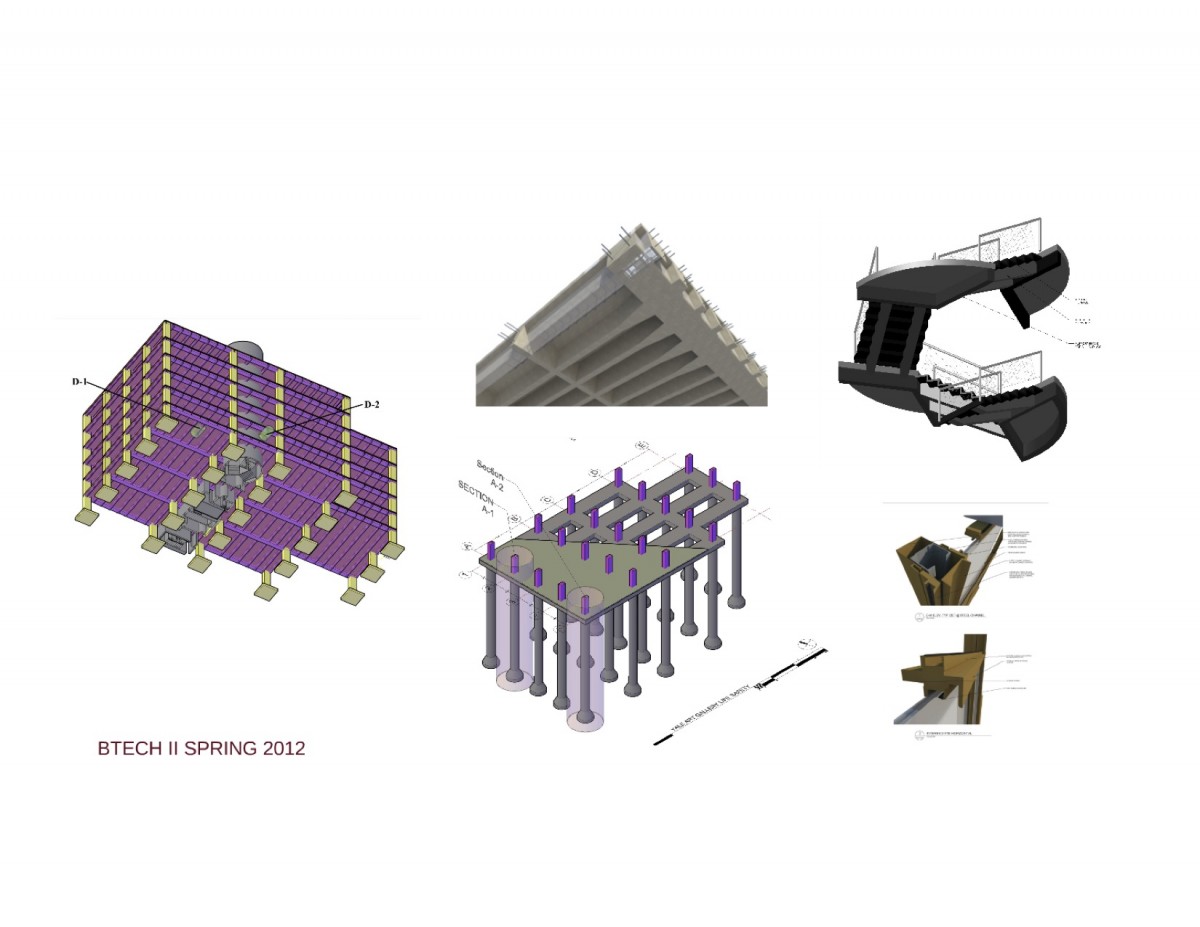 In addition to this shift to three-dimensional analytical studies, course coordination meetings with part-time and full-time faculty revealed a consensus that students needed reinforcement in geometry and fundamentals of orthographic projection.
In addition to this shift to three-dimensional analytical studies, course coordination meetings with part-time and full-time faculty revealed a consensus that students needed reinforcement in geometry and fundamentals of orthographic projection.

In addition to these strategies, I recognized that the students would have a greater opportunity for deeper and meaningful learning if the case studies for the assignments were selected based on the accessibility of the actual buildings to the students. Place-based learning was a critical component to the college’s mission and application of high impact educational practices for the research supported impact of this learning strategy. I applied this to all my courses. In lieu of the existing curriculum’s use of dated generic buildings, I integrated new case-studies of world-class architecture that the students could visit and study first-hand. The case-studies included the Dyckman House, Empire State Building, Brooklyn Historical Society, Yale Art Gallery, Yale Center for British Art. The student engagement with the buildings was apparent during these visits, which many students reported as their first experience of this type of interaction with great works of architecture.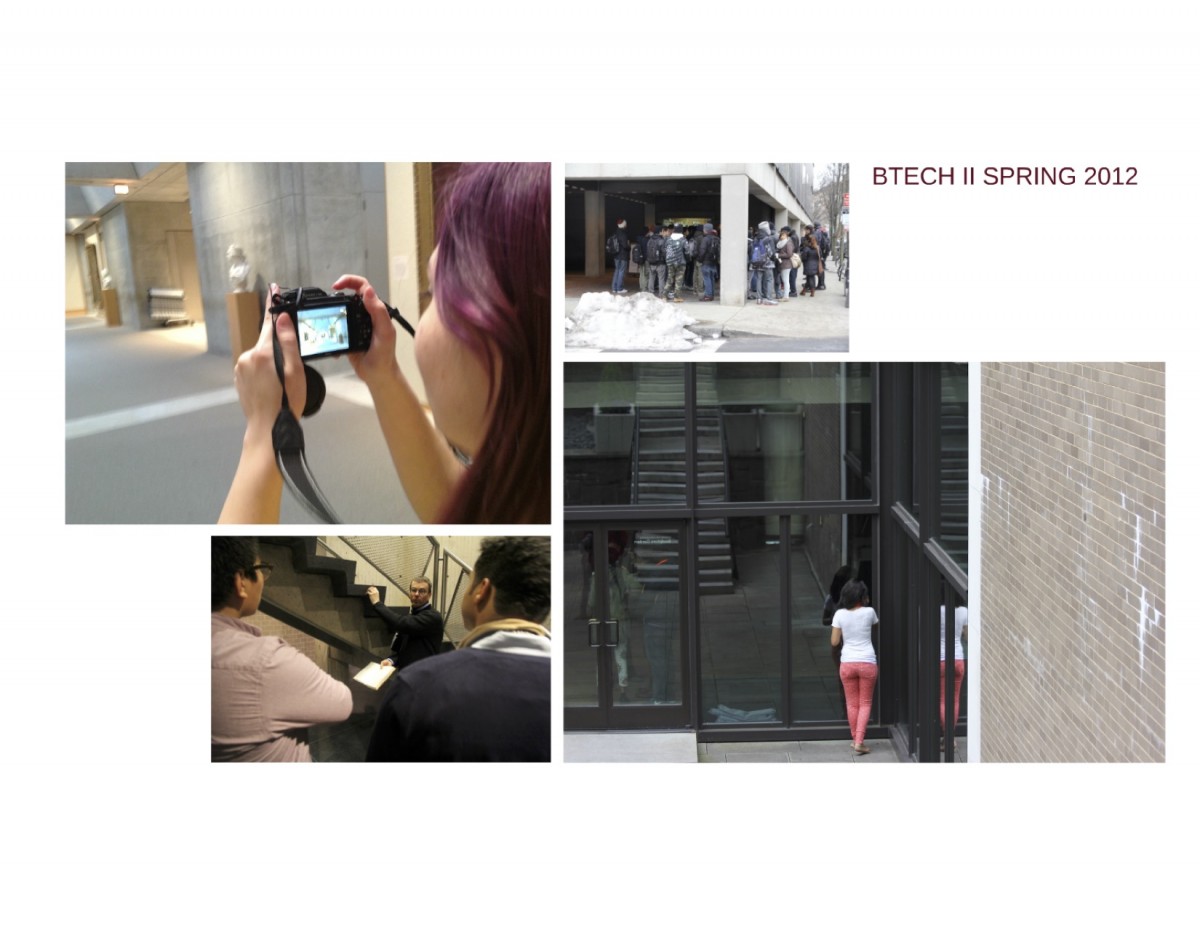
This experiential, place-based learning facilitated some sophisticated analytical investigation by the students. In particular, students found the Yale Center for British Art to be a rich laboratory for studying structure and envelop assemblies.

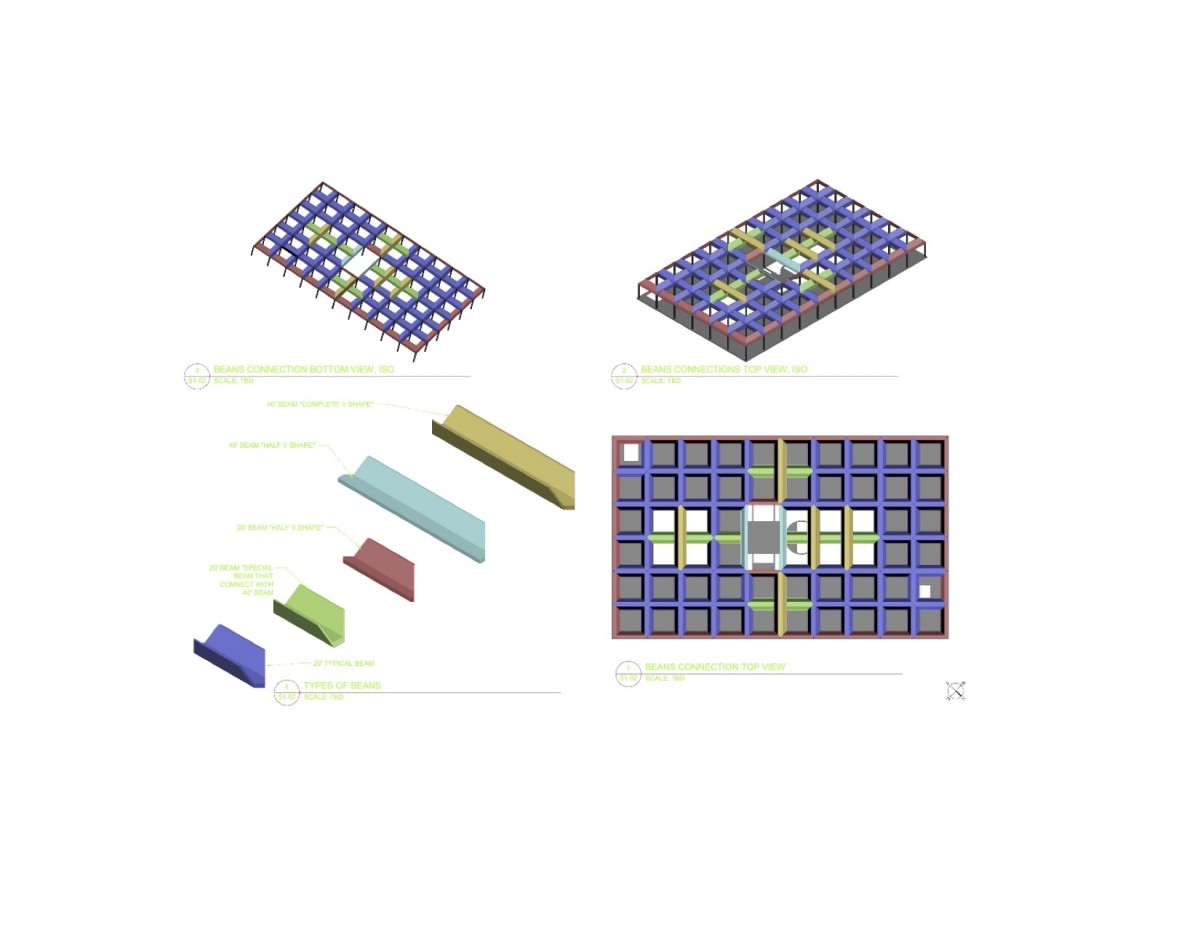
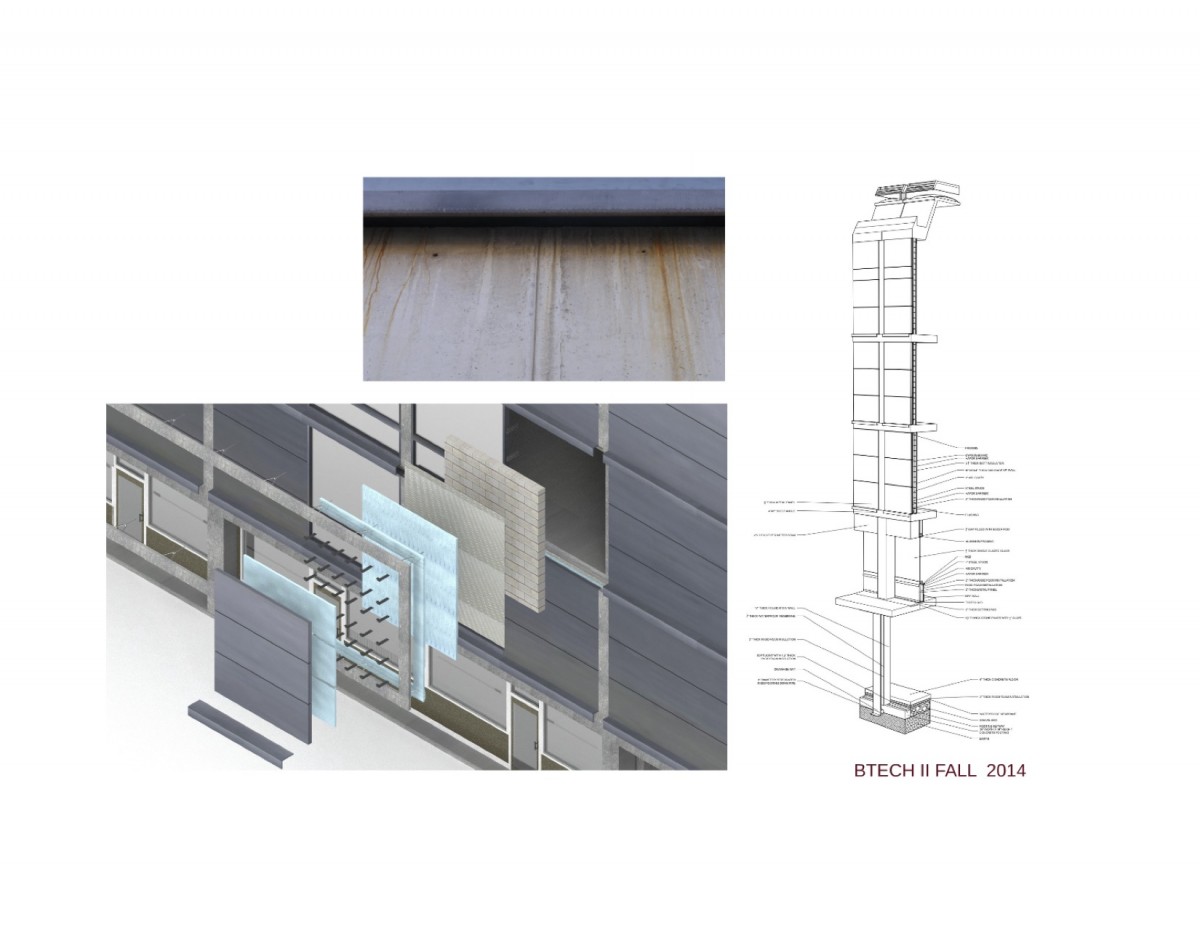 Further teaching and experience with our students in courses heavily dependent on outside of class reading assignments brought to my awareness the low level of engagement with the textbook and low reading effectiveness in the discipline. Reading, it became clear, was a critical path skill for our students and needed significant explicit reinforcement to facilitate deeper and more meaningful learning as well as establish life-long reading skills critical to student success after graduation. In 2012 I began to be involved in assessment of student reading for a college wide study and then in 2015 I joined the READ program on campus to both assess student reading and develop and test improvement strategies.
Further teaching and experience with our students in courses heavily dependent on outside of class reading assignments brought to my awareness the low level of engagement with the textbook and low reading effectiveness in the discipline. Reading, it became clear, was a critical path skill for our students and needed significant explicit reinforcement to facilitate deeper and more meaningful learning as well as establish life-long reading skills critical to student success after graduation. In 2012 I began to be involved in assessment of student reading for a college wide study and then in 2015 I joined the READ program on campus to both assess student reading and develop and test improvement strategies.
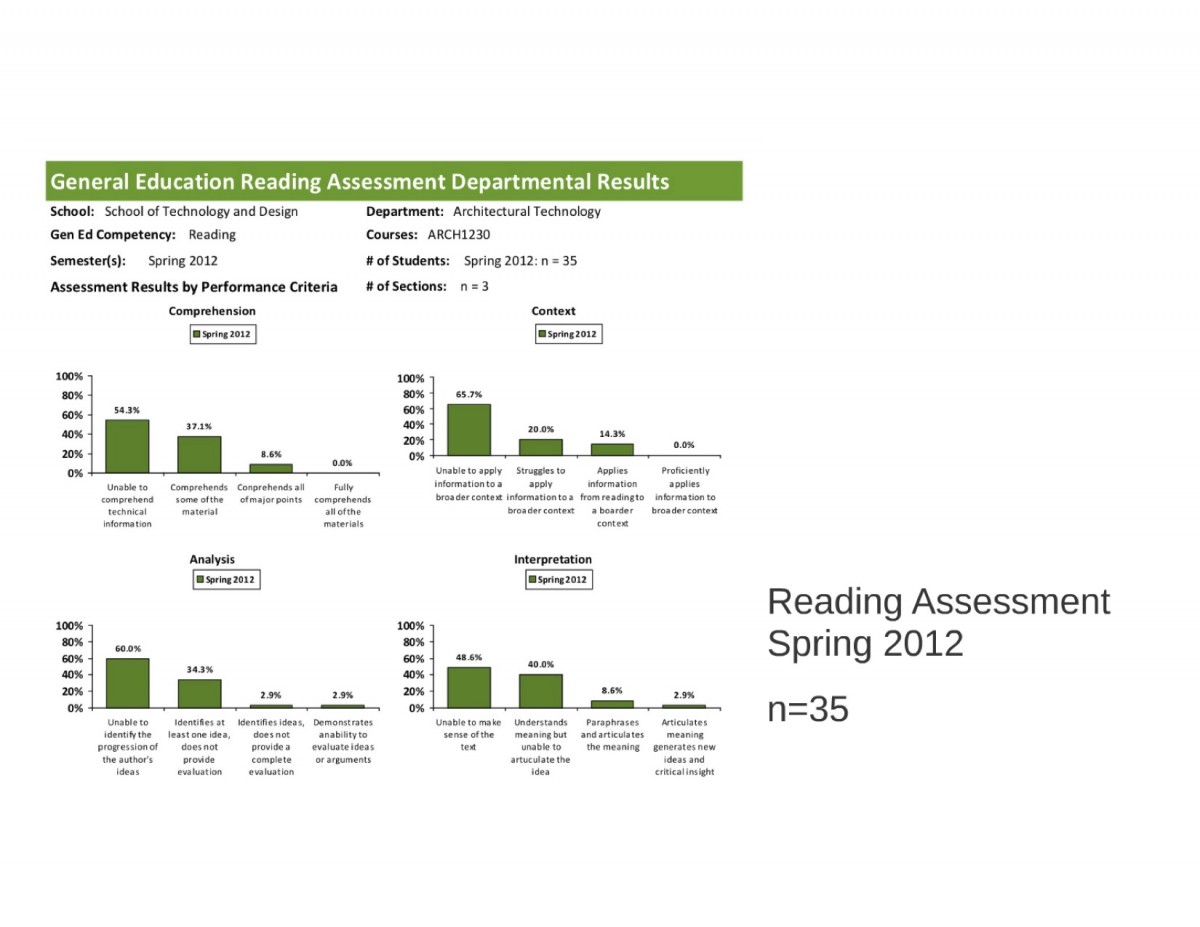
The most significant strategy I developed for improvement in student reading was to shift the course structure from an emphasis on weekly quizzes to an emphasis on student note-taking. This shift provided better tracking and assessment of student engagement with the textbook and their level of understanding of the key concepts. This approach was explicitly presented as a foundational skill that would help students learn from text throughout their college studies and beyond. One student in particular shared her reflection on the impact of this experience in my course:
The understanding of summarizing, highlighting and sketching in any reading is important for a student’s education. In my second year of college I was taking many classes, most of them requiring reading. One of the courses caught my attention, Building Technology II with Professor Montgomery. This class combined drawing assignments and weekly reading. This course required us to take notes, highlight the text, and sketch important concepts from the paragraphs, sentences, and words in the book. At the beginning, because of my lack of knowledge, I thought it was a waste of my time as a student; I thought ‘it’s a lot of work’. Little did I know that later on while I was constantly doing this, my brain was capturing and understanding how building codes, materials, wall details, and construction all come together when buildings are assembled. At the end of the semester I was able to engage in conversations that I was avoiding before taking Building Tech. The learning process was difficult but the reward I will carry with me for a lifetime. Although summarizing, highlighting and sketching is not a requirement in other classes or in my daily life I use it as a weapon against my mental laziness. Every time I apply summarizing, highlighting and sketching my mind holds the information unconsciously; now I just don’t memorize, I learn.
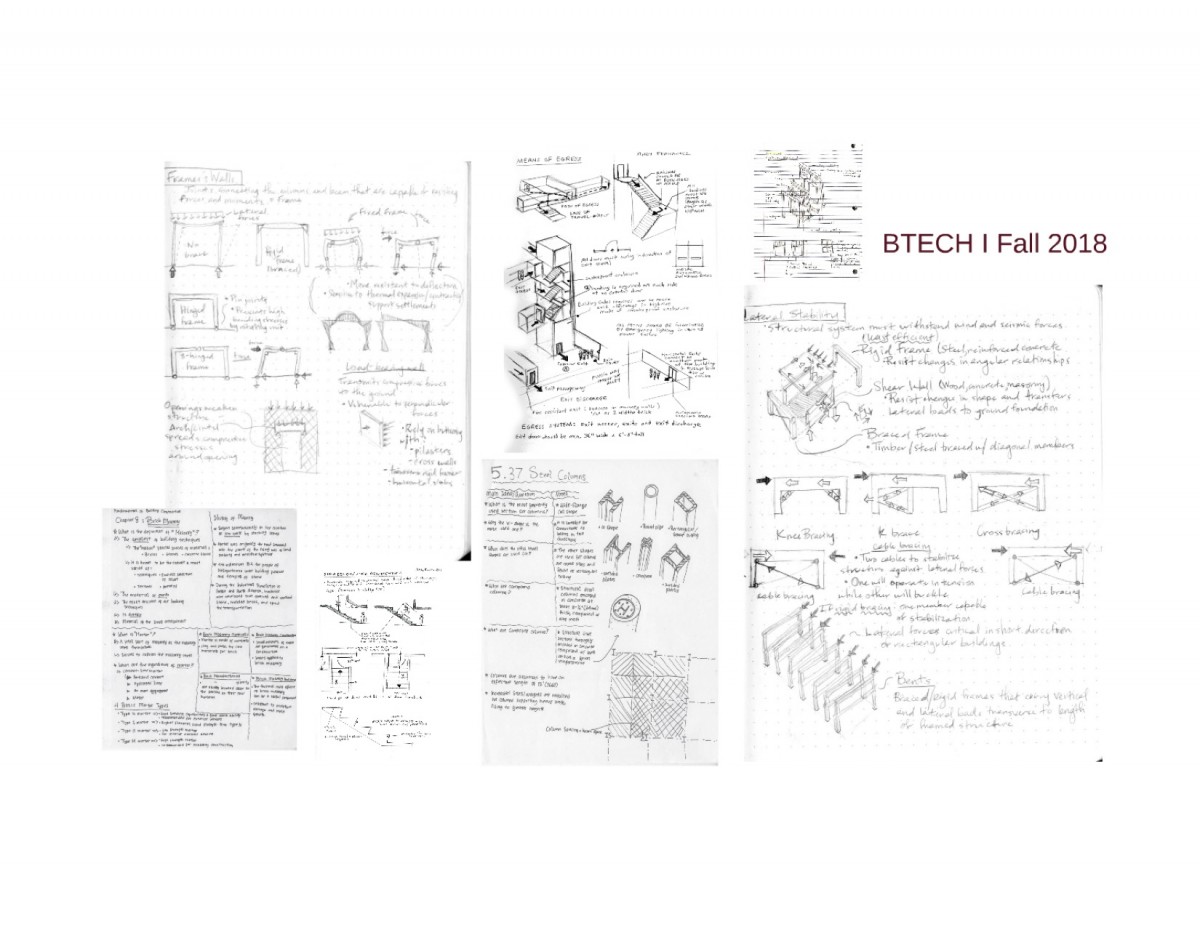
Pre and post assessments show us we are making some progress on reading effectiveness in the building tech courses I coordinate.
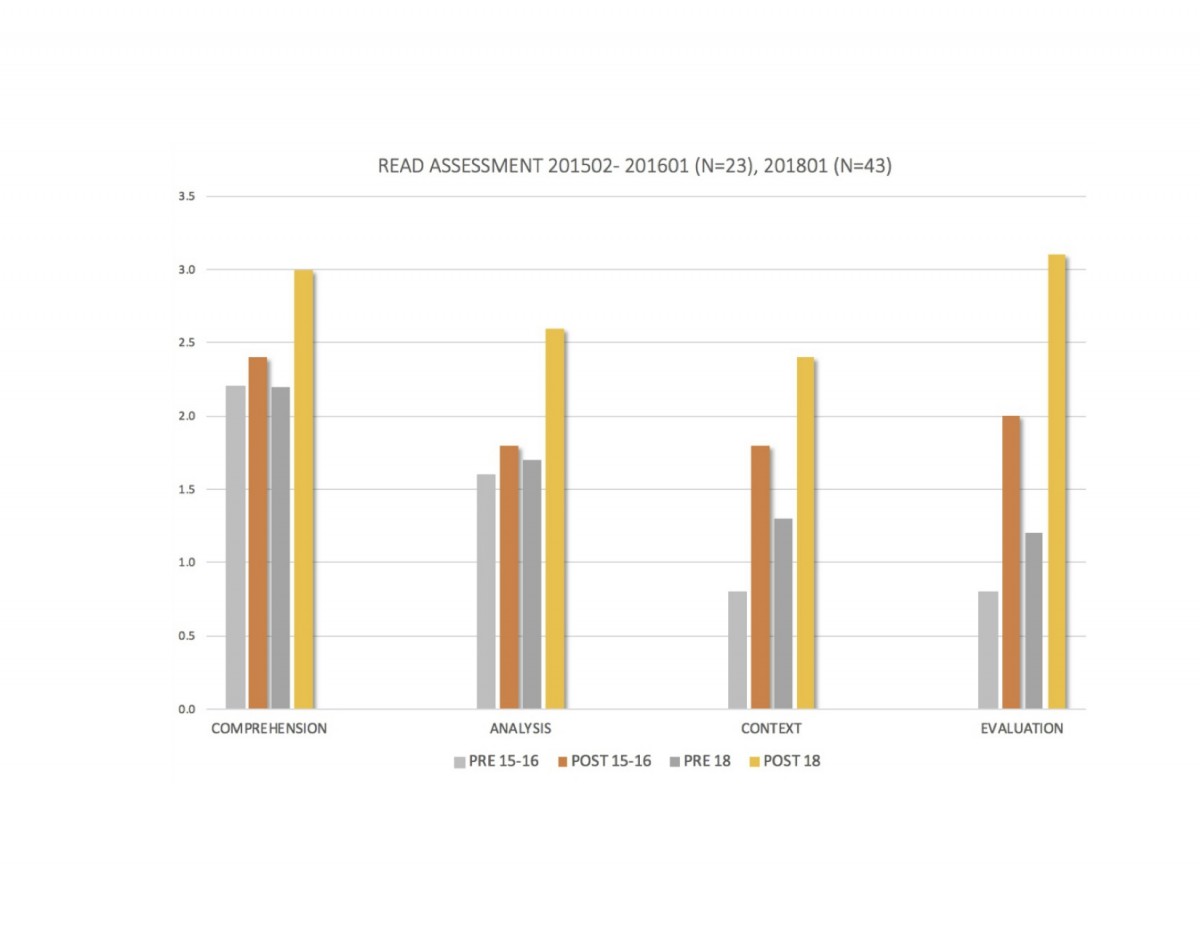
But this success is tempered by the students’ habit of focusing more on their technical drawing assignments and letting their reading dedication lag as the semester wears on. 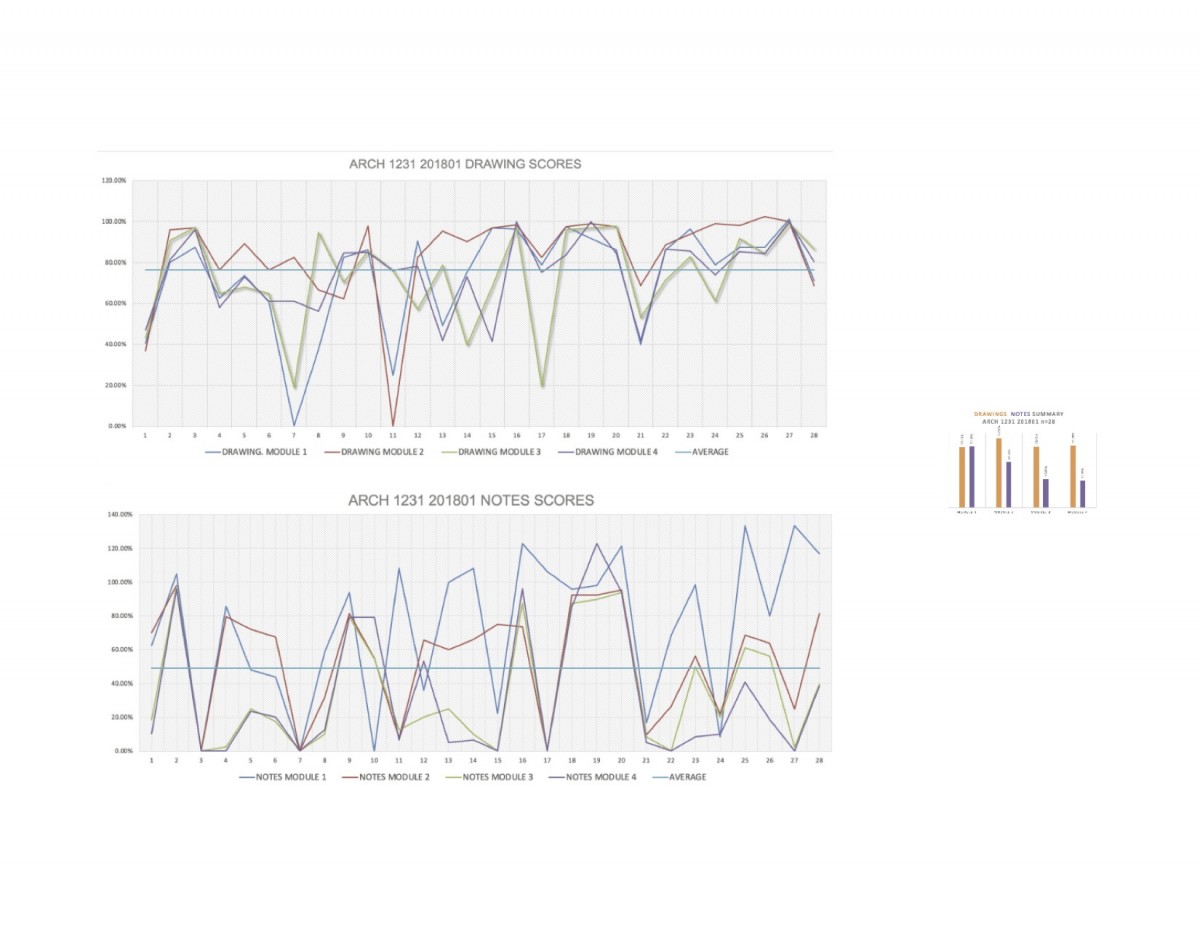
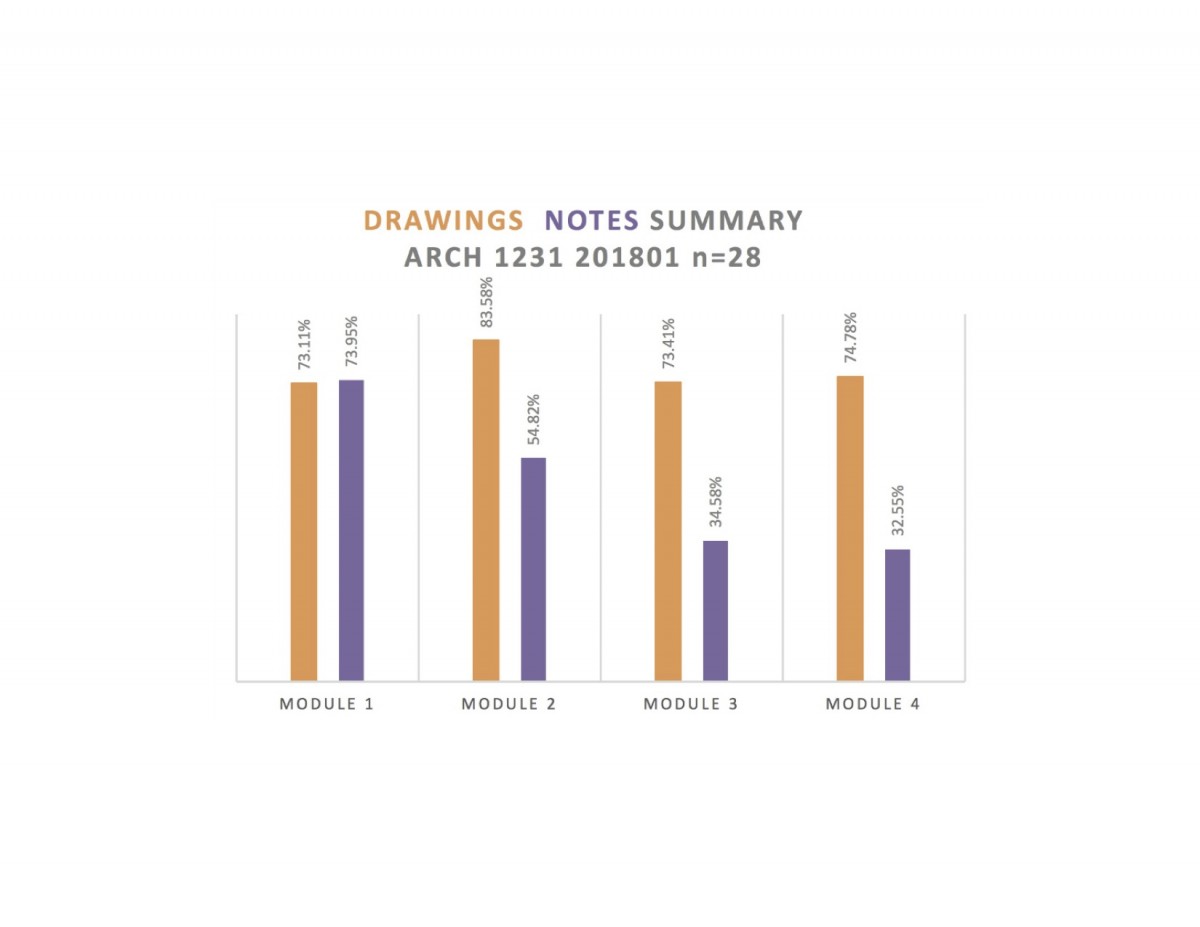
This current semester I have responded to this tendency to sacrifice reading to focus on drawing assignments. At the end of the spring semester 2019 I reorganized the syllabus of ARCH 1231 to have dedicated in class time for seminars to explore the readings together and to schedule the submission of reading notes before each module’s shift to technical drawing.
In addition to assessing student reading of texts, I have been developing and experimenting with techniques for assessing student reading of drawings. This includes activities where groups of students must take a scrambled set of architectural drawings and organize them into matched sets, with each set representing drawings of the same building.
New Assessment Techniques:
I have developed new techniques to measure student prior knowledge of architectural drawings, especially coordinated orthogonal drawings. This technique involves the students working in teams with a scrambled set of drawings of multiple buildings. They need to identify the type of drawings they have and then organize them into coordinated sets of drawings that match the same building.
Student Course Reflections:
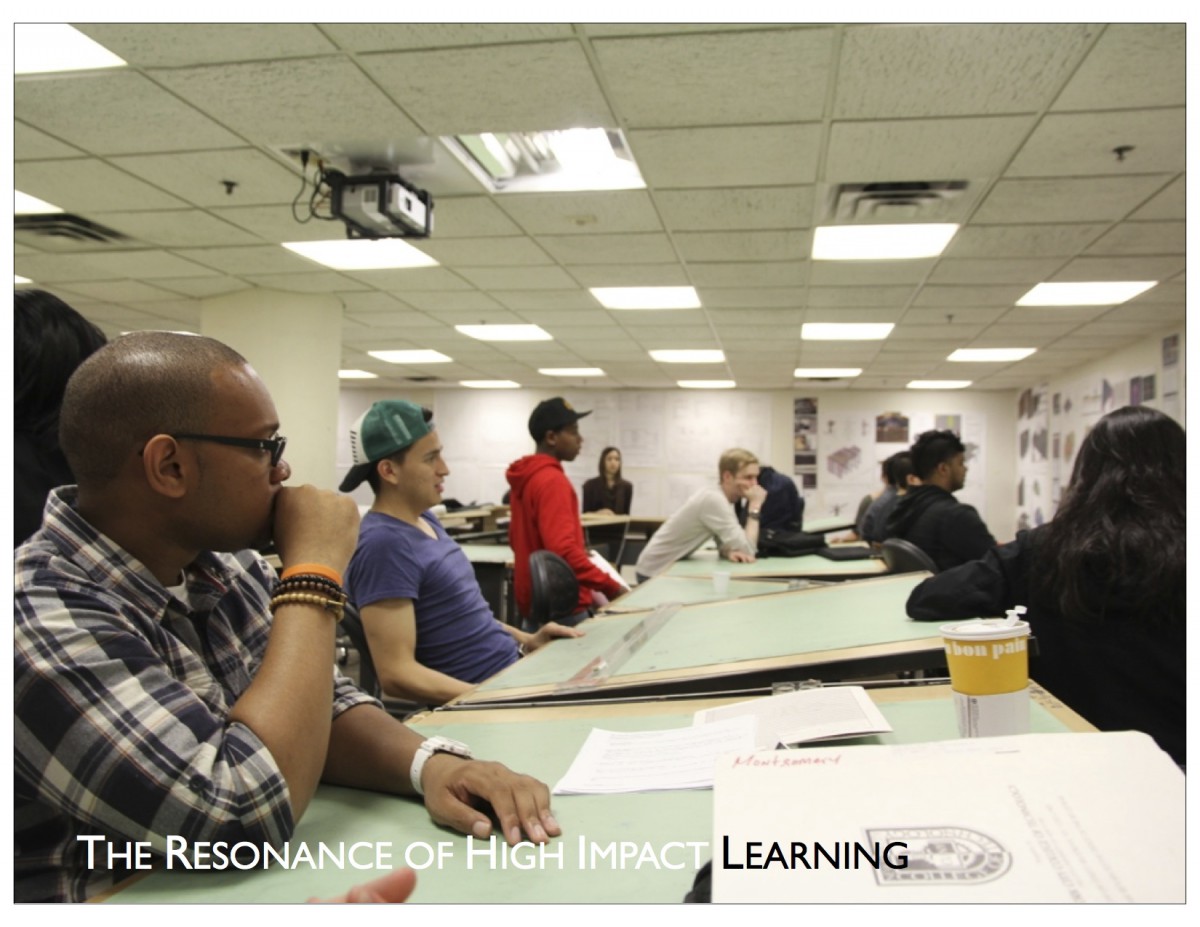 ARCH 1130 Academic Service Learning
ARCH 1130 Academic Service Learning
ARCH 4710 Urban Design Studio
Student Work
